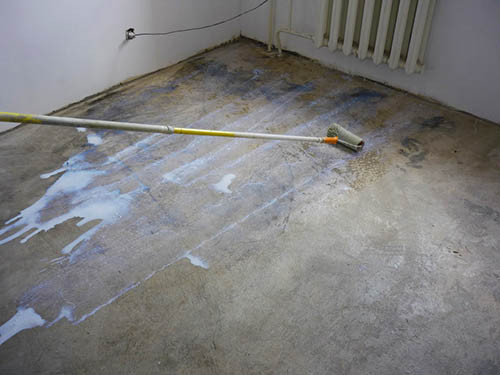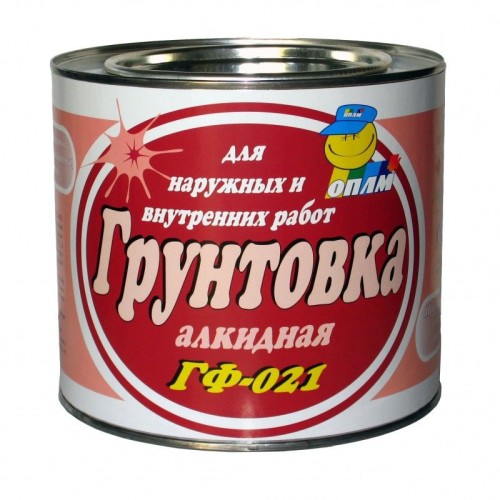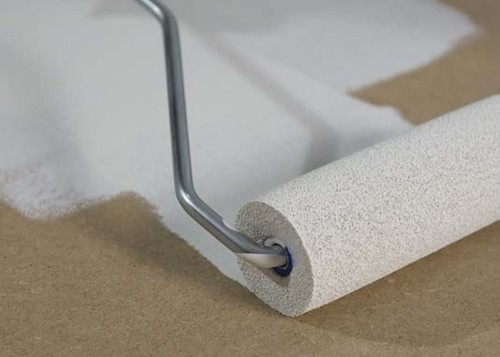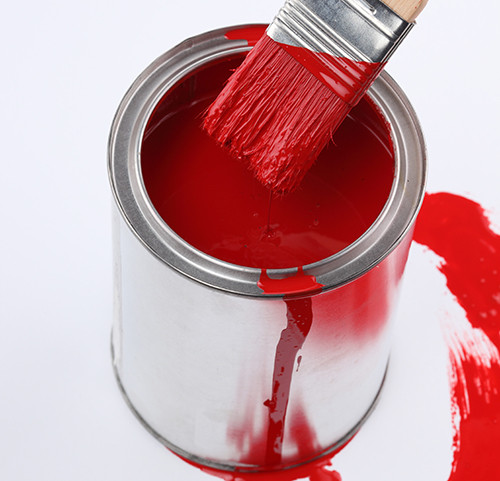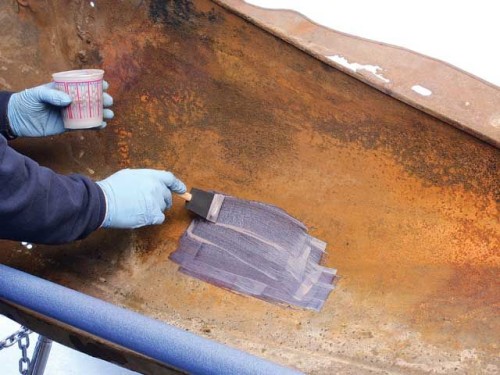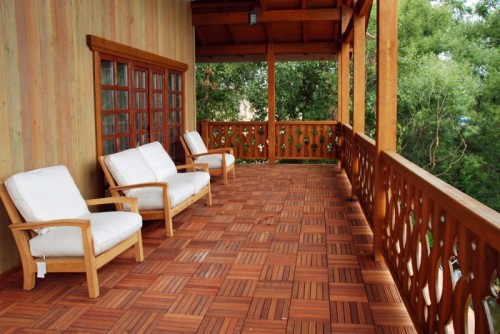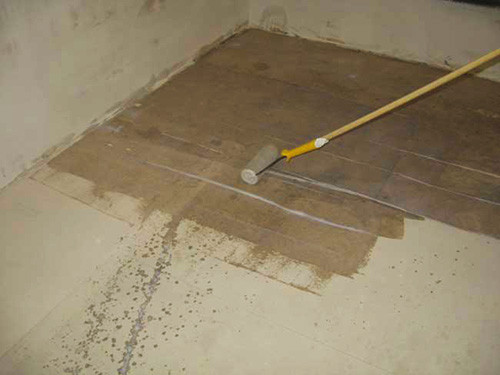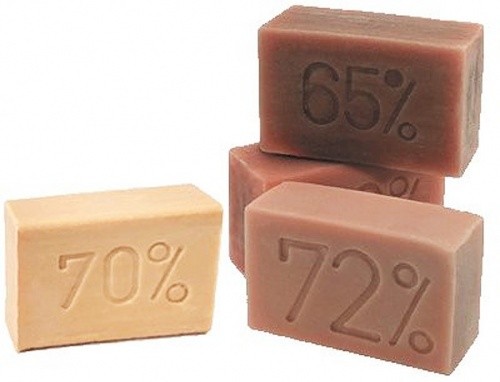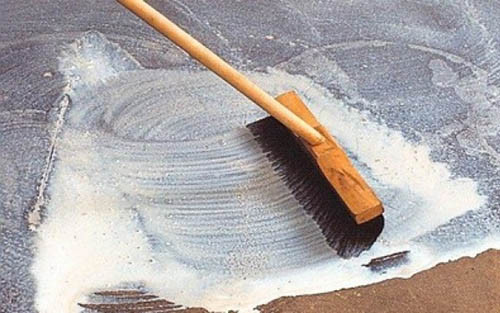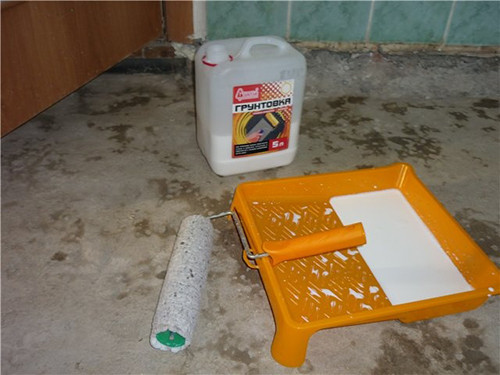
Floor primer: Features of choice and application Building materials
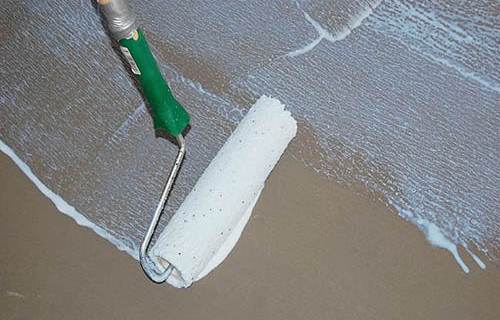
Before laying the finishing coating on the floor, it is necessary to carefully prepare the surface. To do this, use special primer compounds designed to improve the adhesion of materials, increase the waterproofing characteristics or level the base. For different materials, you need your primer, and today we will tell you how to choose the right composition for floor processing.
Content
Types of primer
High-quality surface preparation is the key to successful construction or repair. For example, if the walls are not brought before sticking the walls, over time, paper cuts will begin to move or be covered with yellow spots. Floors are also no exception. The primer composition reacts with the material of the base, making it as suitable as possible for finishing facing.
The main task of any primer for the floor is to increase the adhesion of materials, that is, to make the finishing coating as much as much as possible on the base. Some formulations are able to level the surface, fill in microcracks and chips, others provide additional waterproofing and strength. To understand what kind of primer is better for the floor, it is necessary to take into account not only the specifics of the materials that will have to work, but also the functional load of the room. For example, for the bathroom and kitchen it is recommended to use hydrophobic ground penetration soils, a solution with an antibacterial effect is suitable for the nursery, and the floor in the attic is better to treat the antifungal mixture.
Classification of primers by target load:
- Anti-corrosion - designed to protect metal surfaces from rust. For zinc coatings there is a special primer.
- Antiseptic - destroys bacteria on the surface being processed, prevents the formation of mold and fungus.
- The primer of deep penetration is used to strengthen the cracked, shuffling and fragile surfaces. Prevents excessive absorption of paint and glue solutions as a basis, significantly reducing their consumption. Almost all the primers of deep penetration hydrophobic, that is, they create an additional waterproof barrier inside the floor.
- Primer for concrete is a special type of primer for concrete floors, bricks and cement screeds. Cement, lime, plaster and other mineral supplements are present.
Alkyd primer
Special mixture designed to cover wooden surfaces. It improves wood adhesion for subsequent application of any cladding, including paint, tile, cement-sand tie. After processing, the surface becomes slightly strolled and better contact with adhesive compositions.
Time to frost primer for wood floor ranges from 10 to 15 hours at air temperature of about + 25c and normal humidity. Hardless compositions do not contain caustic chemicals and can be used to process any residential premises.
Acrylic primer
This type of primer is characterized by high penetrating ability and is suitable for processing any surfaces - wood, cement screed, drywall, plywood, plaster, etc. It can be used to work with porous and loose materials, such as brick, gas-silicate blocks or old cracked plaster. The composition deeply penetrates the pores of the base, filling them and increasing adhesion.
The primer of deep penetration for the floor cannot be processed only by metal surfaces, since it can trigger the appearance of rust. Such compositions dry pretty quickly - for 5 hours at room temperature. Another weighty advantage of acrylic blends is that they practically do not smell.
Glifthalian primer
This primer, on the contrary, can be used for metal coatings. It is also suitable for wood processing in normal and low humidity. At room temperature, the composition is frozen within 24 hours.
As a rule, glyphthalary primer is used to improve adhesion with enamel paints. It is made on the basis of alkyd varnish with the addition of pigments, the seaccape and stabilizers. Choosing a certain color of the primer, you can strengthen the color reproduction of the paint that you are going to apply.
Perchlorvinyl primer
Universal primer, which can be used to process any surfaces, including metal. Since the composition includes toxic components, applying perchlorvinyl primer in residential buildings is not recommended. Drying time at a temperature of + 20c is 60 minutes.
There are anti-corrosion primer compositions and those that can be applied to the metal has already begun. Special additives stop corrosive processes and reliably protect the surface from further destruction. The perchlorevinyl primer is stained with metal floors with skills and the old rust, if its layer does not exceed 100 microns thickness.
Polyvinila acetate primer
A special primer mixture on a synthetic basis, the composition of which includes a latex or polyvinila acetate dispersion. As a rule, it is used to treat surfaces before coating with polyvinyl acetate dyes. Dry the primer is pretty quickly - up to 30 minutes at room temperature.
Pigments are present in the primer, which allows you to increase the brightness of the finishing layer of paint. The mixture can be used to process concrete, drywall, brick or masonry. It has good shelterness even when applied to a surface with vile or fluff. Forms a smooth and homogeneous coating that requires minimal paint consumption.
Phenolic primer
Primer formulations designed to cover metal and wooden floors before subsequent painting. Due to the toxic composition of them, as well as the perchlorevinyl mixtures, it is better not to use inside the residential premises. Drying time at room temperature is 10-15 hours.
There are one-component and two-component phenolic primers. The first dries just longer - about 8 hours at a temperature of + 20 ° C. The seconds are as part of a desiccation, accelerating drying. Both species form a protective film on the surface, resistant to moisture and temperature differences.
Polystyrene primer
Primer for processing plastered and wooden floors. Polystyrene compounds cannot be used in residential or office space due to high-sized solvents in the composition. Similar mixtures are perfectly suitable for floating floors on open-end veranda, porch or any other surfaces located outdoors.
Manufacturers of primers
The construction market is Pestrite with all sorts of primer brands, but when choosing, it is necessary to navigate not only for the price and specifics of the application. To be confident as a purchased composition, you need to know at least the minimum of information about its manufacturer.
The largest manufacturers of primer:
- Caparol is a German company, known for many years all over the world. Engaged in the production of all kinds of paints and varnishes and related products. Deserved the reputation of the responsible manufacturer not only high quality, but also eco-friendly products. In the domestic market, Caparol is presented the widest range of primer compositions. The price of gentlemen for the floor is often lower than the average, which explains the popularity and demand of this product.
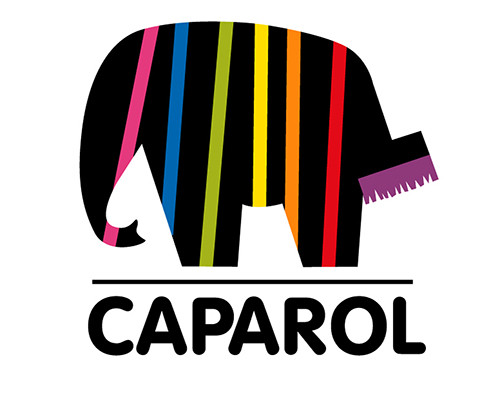
- Knauf is another famous German manufacturer of building materials that appeared in Russia in 1993. The cost of products is higher than that of the previous company. The range of primers is represented by the following rules: "Tiefengd" - quick-drying colorless primers without solvents that deeply penetrate the surface and improve adhesion; "Betokontakt" - primers created specifically to improve the adhesion of gypsum plaster; "Rotband-soil" - polymeric dispersion primers with modified composition used for highly porous and damaged surfaces; The "Grinder" is polymer emulsion primers with a modified alkaline-resistant composition designed to strengthen, improve the adhesion and reduce the absorbency of the base. A separate type of primer "Isa Product" is a concentrated water emulsion to prepare grounds for internal and external trim.

- Bergauf is relatively young, but has already managed to become famous, the manufacturer. The product range is rather small compared to previous two companies, but prices are pleasantly happy. The most popular product is "primer". This is a special soil that can be used for internal and external finishes with a normal and high levels of humidity. The universal composition can be applied on any surface - floor, walls, ceiling. Throws in 60 minutes at room temperature.

"Tiphenground" is another popular primer on an acrylic basis. It is capable of penetrating deep into the base, entering into the reaction with the material and strengthening it from the inside. It can also be used both inside the house and outside. "Betonactont" is an inexpensive primer for concrete floor. - UNIS is a group of Russian companies engaged in the production of dry construction mixtures. Known in that they offer a large selection of primer compositions at a low price. Despite the budget value, the products comply with European standards and can be used in all climatic zones of the country. Moreover, the plant gives a guarantee of 15 years on the results of the finish, provided that only their building mixtures, including primer and finishing coating, were used for this.
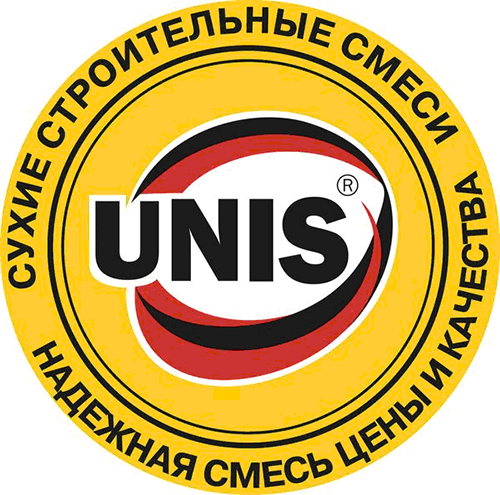
There are special primers for outdoor and internal works, for decoration of rooms with high humidity, high and low temperatures, etc. There are also universal compositions, for example, "UNISGRAND", and primers for a screed floor with minimal consumption.
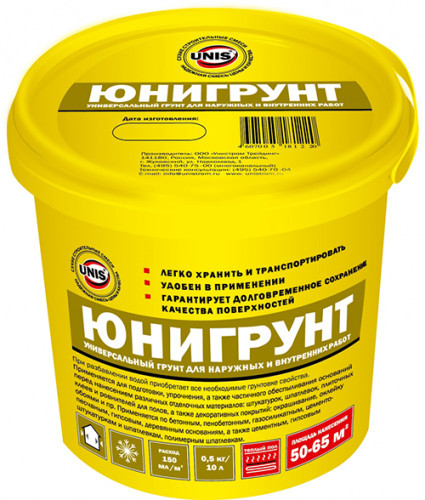
Homemade primer
A rich domestic market allows you to buy primer for the floor at an affordable price, the right quality and destination, but in some cases it can be pretty saved and prepare the composition with your own hands. The greatest popularity is the water-protective primer of deep penetration from the PVA and the self-made acrylic mixture.
Acrylic primer
If you understand the history of the creation of acrylic primers, then we will see that the pigments and all sorts of additives were present in it, making it shelled as real paint. Covering the floor with such a primer, it was possible to align not only the structure, but also the color. Today, these compositions use mostly artists for painting premises - the drawing on a light substrate looks brighter and more effectory. For construction needs, colorless primer is suitable, and it is possible to align the tone and the first layer of paint.
The basic recipe for self-made acrylic primer includes the following components:
- binder - 10%;
- water - 89.10%;
- biocide - 0.10%;
- the defoamer - 0.30%;
- coalescent - 0.50%.
If you have chosen a binder, which when stamping with water does not fancer, then the defoamer is not necessary. The biocide can also be used if you are not going to store the primer for a long time, but you spend it for 7-10 days. Coalescent is necessary in order to reduce the minimum temperature of the film formation. If it does not exceed + 5C, this component can also be not included in the composition. It remains only the usual dispersion, diluted with water.
Suppose you need to shorterate the floor, which absorbs moisture poorly, and the usual primer will simply be collected on the surface with small spots. This situation can be corrected by adding surfactants to the composition. It sounds frighteningly difficult and incomprehensible, but in fact everything is much simpler - before the very best such substance was the usual economic soap. Of course, there are also special shopping supplements, but why waste extra money when you can buy a piece of 72% soap for a penny.
So, acrylic primer is already well held on the surface, thanks to the economic soap, but it would be nice to make it protecting the floor from mold and fungus. Add a fungicide or copper vigor to it, and the problem is solved! And so that the primer is well absorbed deep into the substrate, it is better to use a finely dispersive binder. Only in this case the percentage should be increased from 10% to 50%.
Given all the modifications, we received a new composition of acrylic primer:
- small-sized binder - 50%;
- water - 45.7%;
- surfactants - 0.5%;
- fungicide (copper sulphate) - 1%;
- foaming agent (if necessary) - 0.3%;
- coalescent (if necessary) - 2.5%.
Naturally, the cost of such a composition will be higher than that of the usual, but in quality it will exceed even some expensive purchased mixtures.
Primer from plow
If you need an inexpensive primer of deep penetration, you can prepare it from the usual plow glue. In fact, glue can only be used construction, and not the stationery, but the primer in any case will cost many times cheaper than the budget purchased itself.
The primer of the base of the floor with self-made composition with PVA will not only improve the adhesion of materials, but also create a hydrophobic protective layer, penetrating deep into the structure of the material. If you explore the pricing of such compositions, it becomes clear - the deeper the primer can penetrate inside the base, the more expensive it is. In our case, savings are obvious, although the quality of such adhesive primer will be strongly yield to the shop. The mixture of PVA is recommended to be used in a limited budget for home construction, for example, to finish the floor in the bathroom, in the kitchen or in the garage.
Before disclosing the secret of preparing primer, you should warn with possible troubles after it is applied. So, if you apply too thick layer of primer to the floor, then over time, it can simply move away from the base along with the finish coating. If you are going to cover the floor with light paint, the primer with PVA should be applied carefully and moderately, as well as protect the surface in the future from direct sunlight, since yellowish spots can be shot on it. In the rest of the other, the primer from the PVA is ideal for the floor.
To prepare the primer, you will need a building PVA, a large plastic container and a perforator with a mixing nozzle. Work is better in the warm room. For applying primer, a short pile roller will need, flat brushes and a container with a ribbed edge. You should not do a large amount of mixture immediately - you may not have time to apply it to the surface to frozen.
To prepare the primer, pour the PVA glue into the plastic bucket and gradually add water into it, stirring continuously to uniformity. Ingredients to take in the ratio of 2 pieces of glue on 1 part of cold water. To increase the strength characteristics of the composition and to work with porous surfaces, it is recommended to add sinking plaster to the mixture or chalk. For the processing of concrete floor, it is possible to turn on the dry cement of the brand not lower than M400.
In this video, it is clearly shown how to make primer for bulk sex so as to obtain the most smooth surface and save on the flow rate of the mixture:
In such a simple way, you can make an inexpensive primer for the floor under the tile, paint, linoleum or any other finish coating. However, in any case, when using self-made mixtures, the quality of work will be lower than when using factory building primer.




